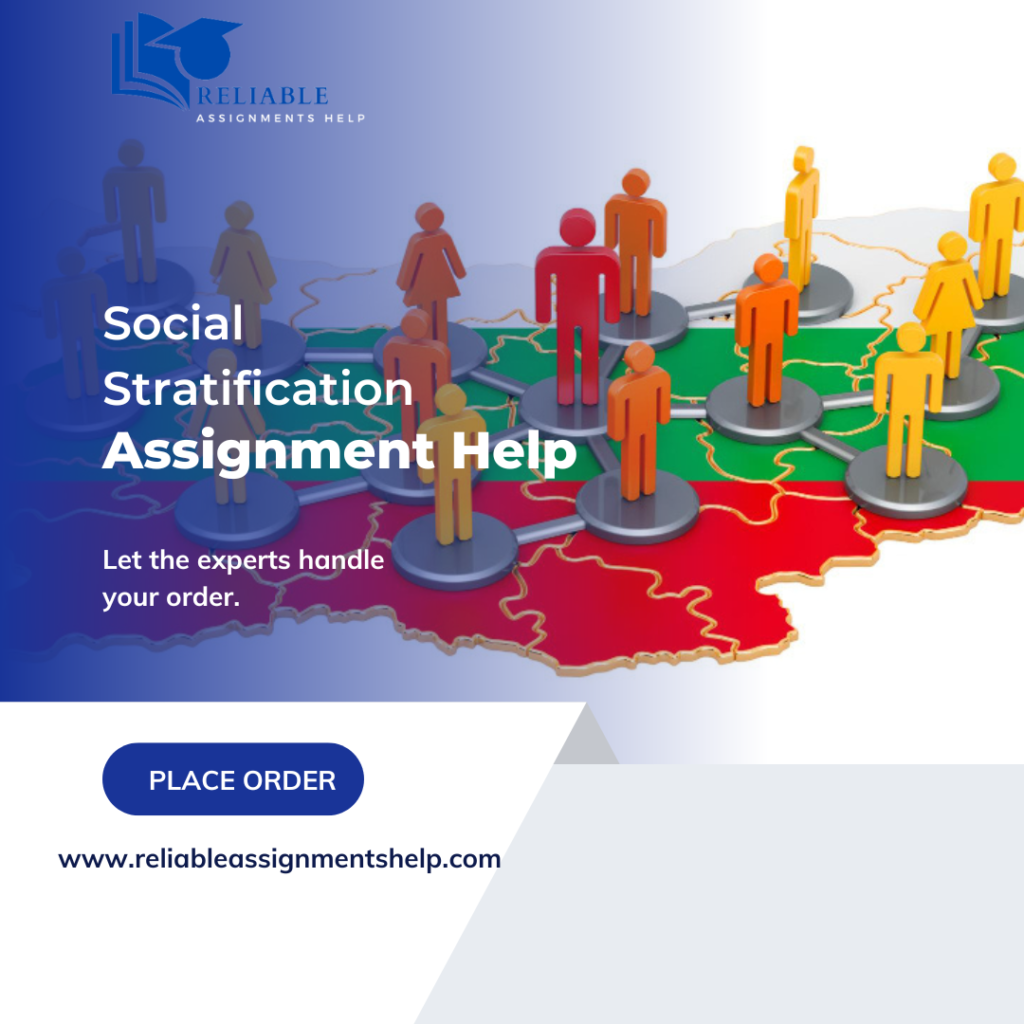We studied social stratification and how it influences what goes on in many social interactions among people. Imagine you are a sociologist who works for an elected official who has no background in sociology or a related field. You have been assigned the task of identifying an important example of social stratification that impacts the elected official’s constituency. After you have read the textbook and lectures assigned for this week, draft a 2-4 paragraph memo that accomplishes the following:
1. Quotes the definition of social stratification from the textbook and/or lectures in correct APA citation
2. identifies at least one example of social stratification in your communities.
3. Identifies one of the sociological explanations of class inequality in the United States and explain why you think it is helpful in understanding the example you discussed in part 2. For example, you could discuss the classical perspectives of Marx and Weber, the symbolic interactionist perspective, the functionalist perspective, or the conflict perspective.
How to Handle Social stratification memo assignment
To handle this assignment effectively, the student should follow these steps:
Quote the Definition of Social Stratification
Begin the memo by quoting the definition of social stratification from the textbook or lecture notes, ensuring correct APA citation. For example: “According to the textbook [insert citation], social stratification is defined as ‘the division of society into hierarchical layers or strata based on factors such as socioeconomic status, wealth, power, and prestige.'”
Identify an Example of Social Stratification in the Community
Next, identify a relevant example of social stratification that impacts the elected official’s constituency. This could be based on factors such as income inequality, educational disparities, or access to healthcare. Provide specific details about the example to illustrate its significance.
Discuss Sociological Explanations of Class Inequality
Choose one of the sociological explanations of class inequality in the United States, such as the perspectives of Marx and Weber, symbolic interactionism, functionalism, or conflict theory. Explain why you believe this perspective is helpful in understanding the example discussed in part 2. Provide insights into how the chosen perspective helps to analyze the underlying causes and consequences of the identified social stratification.
Overall, the memo should be concise, well-structured, and supported by evidence from the textbook and lectures. It should effectively convey the importance of understanding social stratification and its impact on the elected official’s constituency, while also demonstrating the student’s grasp of sociological concepts and theories.
Social Stratification and its Impact on Our Constituency Examples
From: [Your Name], Sociologist
Date: [Today’s Date]
Subject: Social Stratification and its Impact on Our Constituency
This memo aims to explain the concept of social stratification and how it shapes interactions within our community. As you know, social stratification refers to a system of ranking groups within a society based on factors like wealth, power, and prestige ( [Textbook citation in APA format, e.g., Jones, F., & Smith, A. (2023). Introduction to Sociology (10th ed.). Pearson]). This ranking system can significantly influence opportunities, experiences, and even health outcomes for different groups.
One prominent example of social stratification in our community is the disparity in access to quality education. We have several high-performing schools located in affluent neighborhoods, while schools in less wealthy areas often struggle with resource limitations. This can lead to unequal educational opportunities for students, potentially impacting their future career prospects and social mobility.
Understanding social stratification through a conflict perspective can provide valuable insights into this issue ( [Lecture citation in APA format, e.g., Professor Johnson, Social Stratification Lecture, April 10, 2024]). This perspective emphasizes the unequal distribution of resources and power among different social classes. In our example, wealthier communities have greater resources to advocate for their schools, perpetuating the cycle of educational inequality. By recognizing this power imbalance, we can work towards policies that address resource disparities and create a more equitable educational system for all students in our community.

